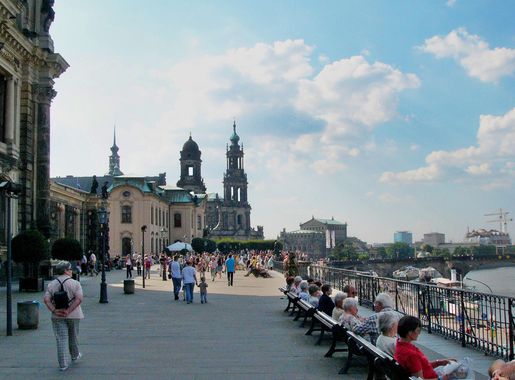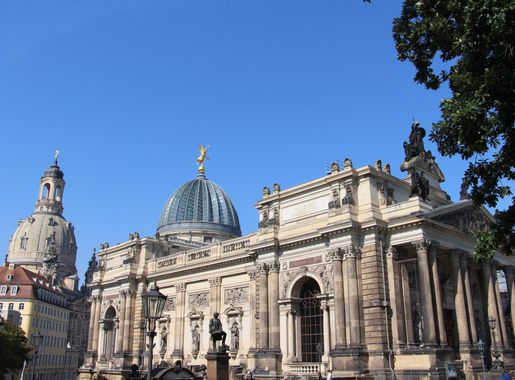
Altstadt: The Historical Heart of Dresden
Discover Altstadt in Dresden, where history meets modernity in a vibrant cultural and architectural haven.
Altstadt, the old town of Dresden, is a remarkable blend of history and modernity. As you stroll through its cobbled streets, you'll be transported back in time to an era of grandeur and architectural splendor. The area is home to some of Germany's most iconic landmarks, including the Frauenkirche, a baroque church that was painstakingly rebuilt after World War II, and the Zwinger Palace, an exquisite example of Baroque architecture housing museums filled with priceless art and scientific instruments. The neighborhood's charm is not just limited to its historical buildings. Altstadt offers a vibrant cultural scene with numerous theaters, concert halls, and galleries. Visitors can enjoy performances at the Semper Opera House, one of the most beautiful opera houses in the world, or explore contemporary art at the Albertinum. The Elbe River runs alongside Altstadt, providing scenic views and opportunities for boat rides, adding another layer of beauty to this already picturesque area. Cafes, restaurants, and shops line the streets, offering a variety of local and international cuisine and unique shopping experiences. Whether you're looking to explore history, enjoy the arts, or simply relax by the river, Altstadt has something to offer every traveler.
Local tips in Altstadt
- Visit early in the morning to avoid crowds, especially at popular landmarks like the Frauenkirche and Zwinger Palace.
- Take a guided walking tour to gain deeper insights into the rich history and architectural details of the area.
- Don't miss the evening light show at the Zwinger Palace courtyard, which beautifully illuminates the baroque architecture.
- Try traditional Saxon cuisine at a local restaurant for an authentic culinary experience.
- Check the schedule at the Semper Opera House and book tickets in advance to enjoy world-class performances.
Altstadt: The Historical Heart of Dresden
Altstadt, the old town of Dresden, is a remarkable blend of history and modernity. As you stroll through its cobbled streets, you'll be transported back in time to an era of grandeur and architectural splendor. The area is home to some of Germany's most iconic landmarks, including the Frauenkirche, a baroque church that was painstakingly rebuilt after World War II, and the Zwinger Palace, an exquisite example of Baroque architecture housing museums filled with priceless art and scientific instruments. The neighborhood's charm is not just limited to its historical buildings. Altstadt offers a vibrant cultural scene with numerous theaters, concert halls, and galleries. Visitors can enjoy performances at the Semper Opera House, one of the most beautiful opera houses in the world, or explore contemporary art at the Albertinum. The Elbe River runs alongside Altstadt, providing scenic views and opportunities for boat rides, adding another layer of beauty to this already picturesque area. Cafes, restaurants, and shops line the streets, offering a variety of local and international cuisine and unique shopping experiences. Whether you're looking to explore history, enjoy the arts, or simply relax by the river, Altstadt has something to offer every traveler.
Iconic landmarks you can’t miss
Zwinger
Discover the Zwinger in Dresden, a Baroque masterpiece blending history, art, and stunning gardens in a cultural landmark.
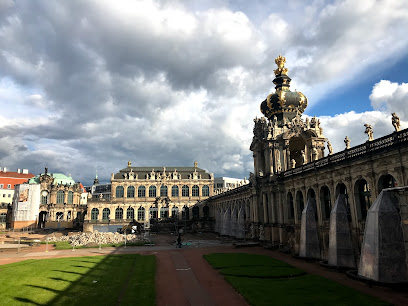
Brühl's Terrace
Explore Brühl's Terrace, a historical landmark in Dresden offering stunning views, rich history, and a perfect blend of art and nature.
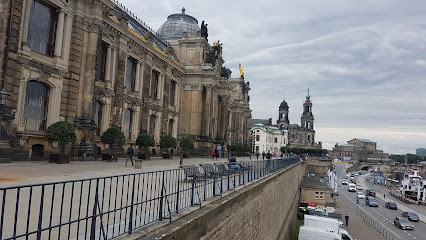
Dresden Castle
Explore the breathtaking Dresden Castle, a historical masterpiece filled with art, treasures, and rich Saxon heritage in the heart of Germany.

Golden Rider
Discover the stunning Golden Rider statue in Dresden, an iconic historical landmark symbolizing the city’s rich cultural heritage and artistic legacy.
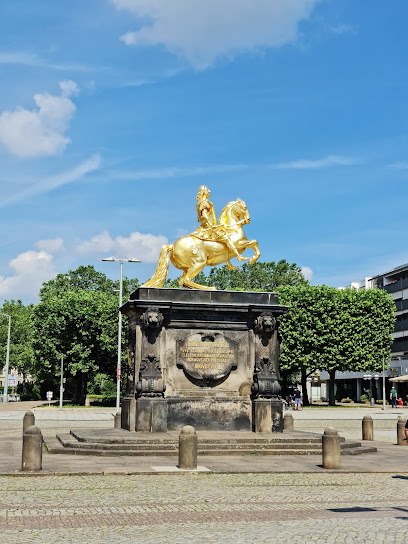
Fürstenzug
Discover the stunning Fürstenzug in Dresden, a breathtaking mural that narrates the lineage of Saxon kings through exquisite ceramic artistry.
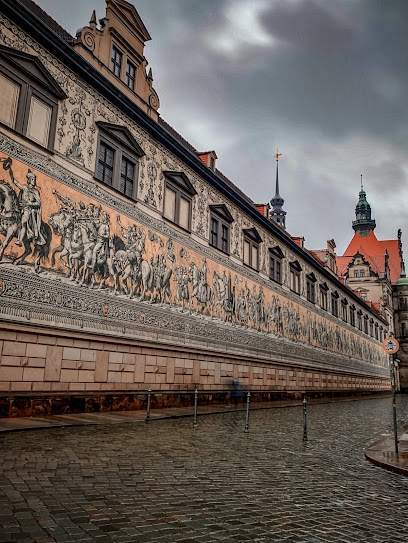
Schlossplatz
Discover the stunning beauty and rich history of Schlossplatz, a must-visit historical landmark in Dresden's vibrant Altstadt.

Kronentor
Explore the Kronentor, a historical gateway to the stunning Zwinger Palace, showcasing Dresden's rich architectural beauty and vibrant cultural heritage.
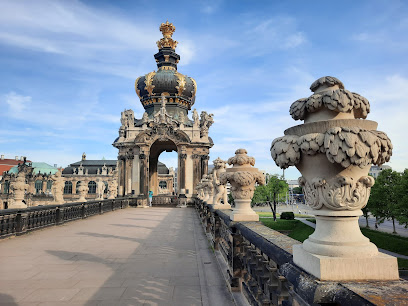
Statue of King Johann
Explore the Statue of King Johann in Dresden, a historical landmark symbolizing cultural revival amidst stunning architecture and vibrant city life.
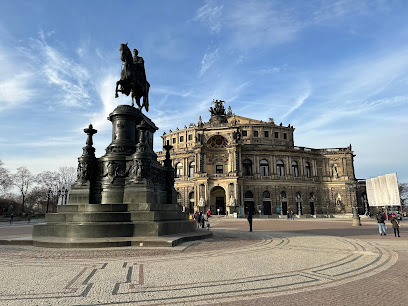
Rubble Woman Monument Dresden
Discover the Rubble Woman Monument in Dresden, a poignant memorial honoring the resilience of women who rebuilt the city after World War II.
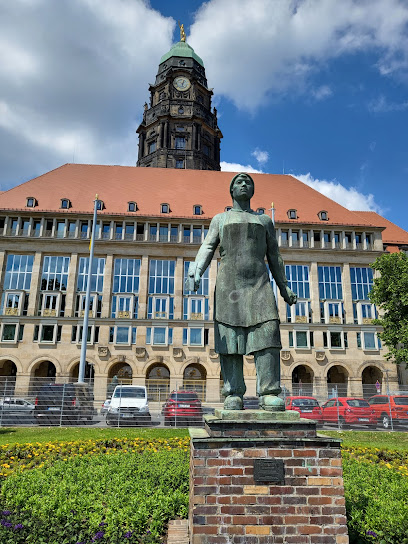
Altstadt Dresden
Discover the historic heart of Dresden at Altstadt, a UNESCO World Heritage site filled with baroque architecture, museums, and vibrant culture.
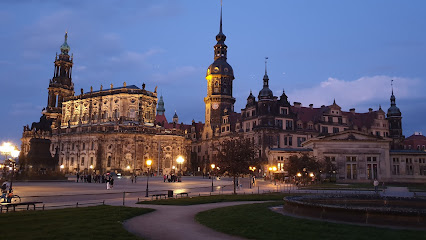
Unmissable attractions to see
Zwinger
Discover the enchanting Zwinger Palace in Dresden, a Baroque masterpiece filled with art and history, surrounded by stunning gardens.
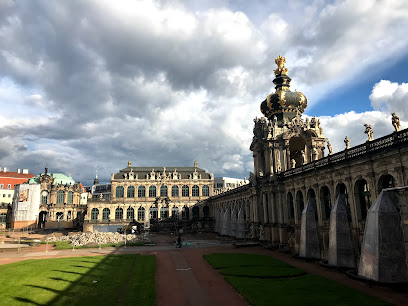
Frauenkirche Dresden
Explore the stunning Frauenkirche in Dresden, a beautiful Baroque church symbolizing resilience and history, offering breathtaking views and rich cultural experiences.

The Grand Garden of Dresden
Discover the serene beauty of The Grand Garden of Dresden, an enchanting urban park with historical charm and vibrant landscapes.
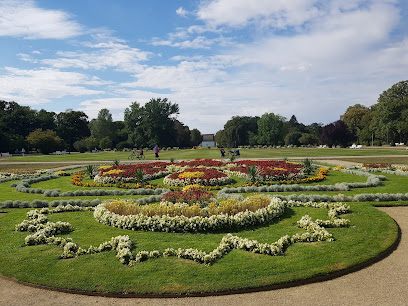
Brühl's Terrace
Discover the beauty of Brühl's Terrace, Dresden's 'Balcony of Europe', offering breathtaking views and rich historical charm along the Elbe River.

Golden Rider
Explore the Golden Rider in Dresden, a stunning equestrian statue of Augustus the Strong, symbolizing the city's rich heritage and vibrant culture.
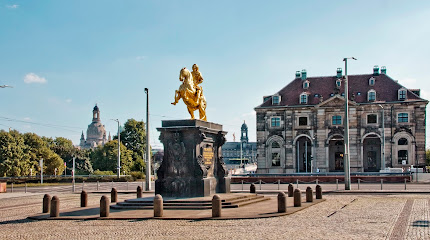
Old Masters Picture Gallery
Explore the Old Masters Picture Gallery in Dresden, a treasure trove of classical art featuring masterpieces by Europe's greatest artists.
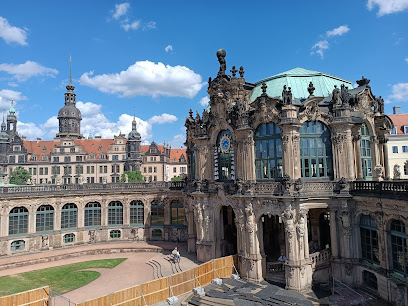
Fürstenzug
Discover the Fürstenzug in Dresden, a stunning mural that showcases the history of Saxon kings through exquisite porcelain artistry.
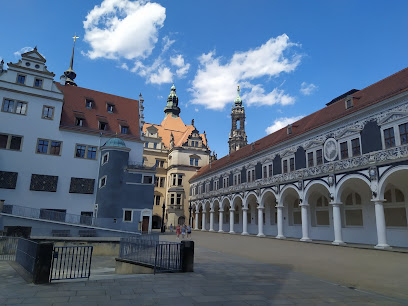
Kathedrale Sanctissimae Trinitatis
Discover the stunning beauty and rich history of the Kathedrale Sanctissimae Trinitatis, a breathtaking Baroque cathedral in the heart of Dresden.
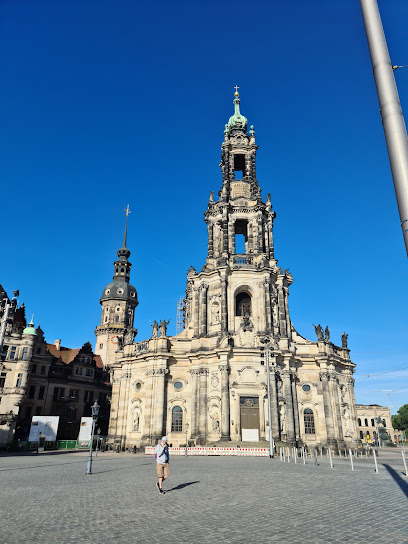
Schlossplatz
Explore the enchanting Schlossplatz in Dresden, where history, beauty, and culture converge in a picturesque setting.
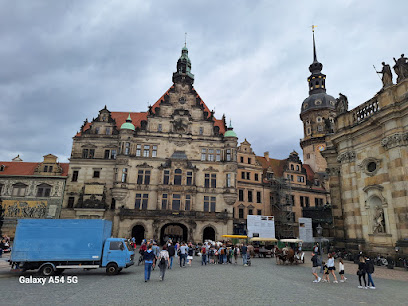
Kronentor
Explore the breathtaking Kronentor, a historical landmark in Dresden, showcasing stunning Baroque architecture and rich cultural heritage.
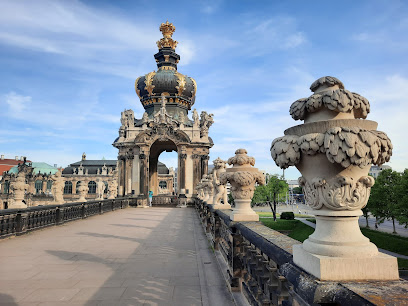
Essential places to dine
Kutscherschänke - Uriges Wirtshaus
Experience authentic German cuisine at Kutscherschänke in Dresden's Altstadt – where tradition meets taste in a charming setting.
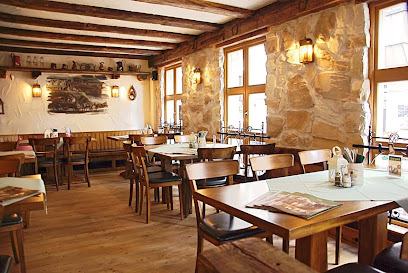
Sophienkeller im Taschenbergpalais
Experience traditional German cuisine in an elegant setting at Sophienkeller im Taschenbergpalais in Dresden.
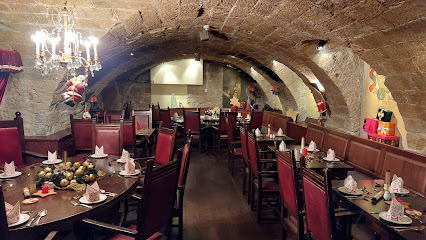
Augustiner an der Frauenkirche Restaurant
Experience authentic Bavarian cuisine at Augustiner an der Frauenkirche in Dresden, where tradition meets culinary excellence.
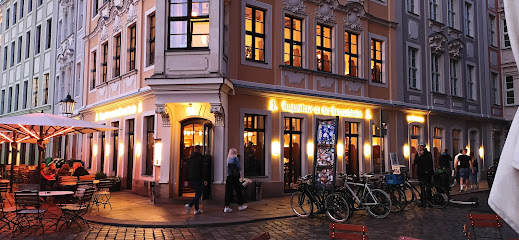
Pulverturm
Experience authentic German cuisine at Pulverturm in Dresden, where history meets flavor near the iconic Frauenkirche.
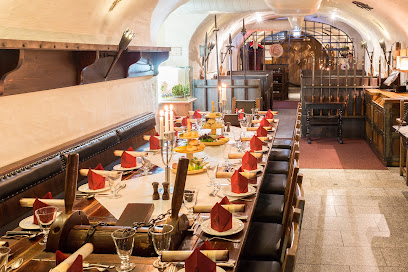
Wilma Wunder Dresden
Experience authentic German cuisine at Wilma Wunder in Dresden – where tradition meets modern culinary artistry.
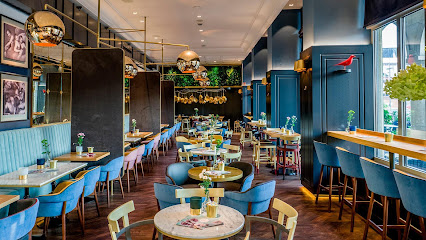
Coselpalais - Restaurant & Grand Café
Discover the culinary charm of Dresden at Coselpalais - where history meets modern European and Mediterranean flavors.
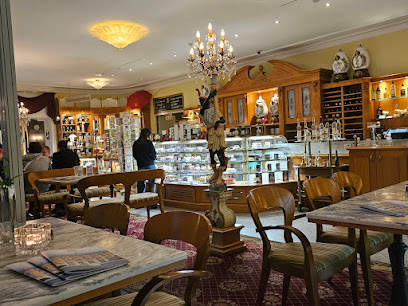
DRESDEN 1900 Museumsgastronomie
Discover culinary delights and rich history at DRESDEN 1900 Museumsgastronomie in the heart of Dresden.
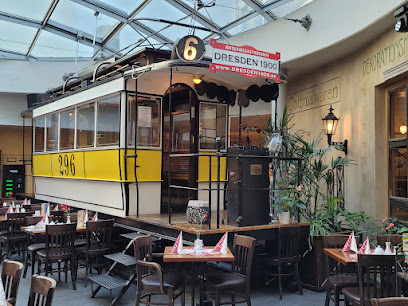
Aposto Dresden
Experience authentic Italian cuisine at Aposto Dresden—where delicious flavors meet warm hospitality in a charming atmosphere.
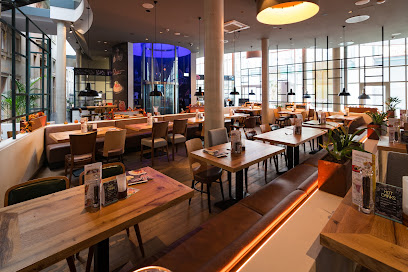
edelweiss - Alpenrestaurant
Savor authentic Swiss cuisine at Edelweiss - Alpenrestaurant in Dresden; where tradition meets taste in a stunning setting.
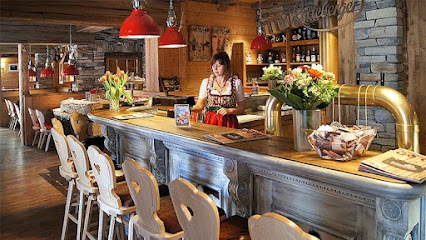
Ayers Rock
Experience authentic Australian cuisine in Dresden at Ayers Rock - where every meal is a flavorful adventure.
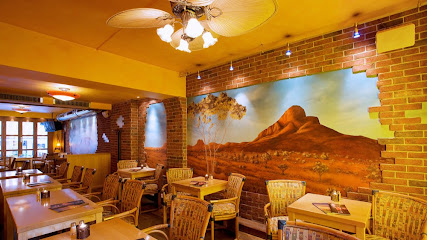
Gänsedieb
Discover Gänsedieb in Dresden: A culinary haven blending local flavors with international cuisine for an unforgettable dining experience.
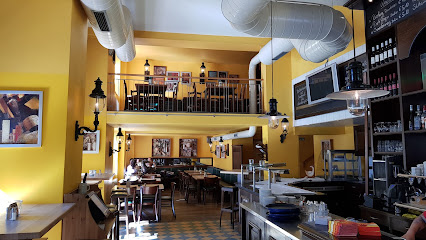
Felix Restaurant
Experience exquisite modern European cuisine at Felix Restaurant in Dresden's Altstadt - where flavor meets elegance.
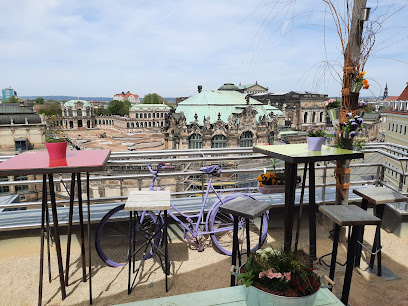
Markets, malls and hidden boutiques
Altmarkt-Galerie Dresden
Experience shopping, dining, and entertainment at the Altmarkt-Galerie Dresden, a vibrant mall in the heart of the historic Altstadt.
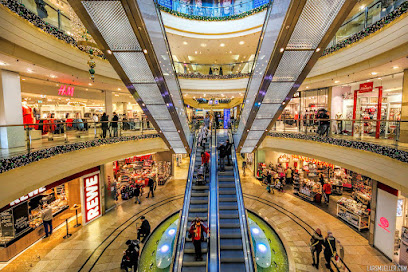
Elbenwald
Explore Elbenwald in Dresden: A magical gift shop for fans of fantasy, offering unique collectibles, clothing, and toys from beloved movies and series.
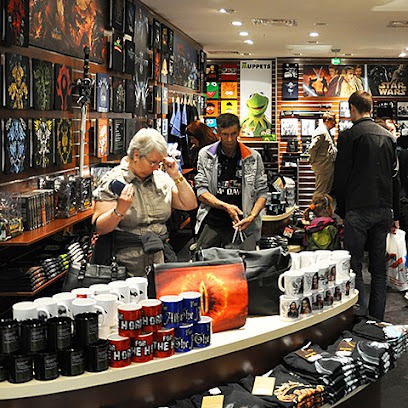
Flying Tiger Copenhagen
Explore the whimsical world of gifts and accessories at Flying Tiger Copenhagen in Dresden, where creativity meets affordability.
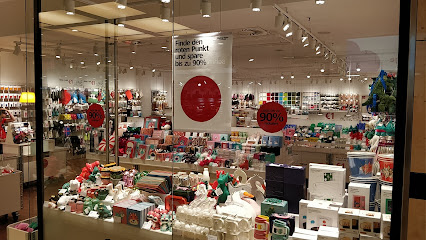
Remember Dresden Souvenir Shop
Explore Remember Dresden Souvenir Shop for authentic local crafts and memorable gifts that embody the spirit of Dresden.
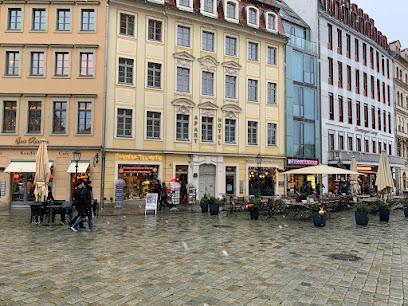
A. Lange & Söhne Boutique Dresden
Discover luxury and precision at A. Lange & Söhne Boutique Dresden, the epitome of German watchmaking excellence.
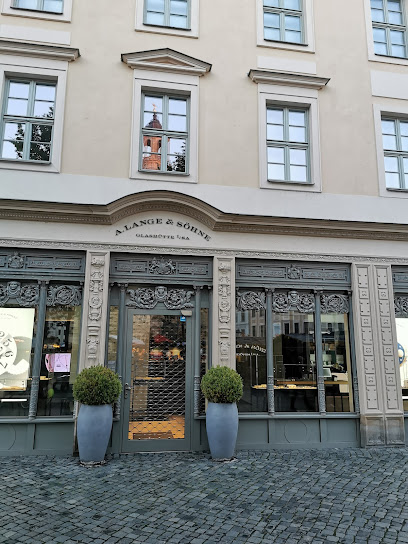
MUDDASTADT
Discover unique souvenirs and gifts at MuddaStadt, a charming shop in Dresden's Altstadt, celebrating local craftsmanship and culture.
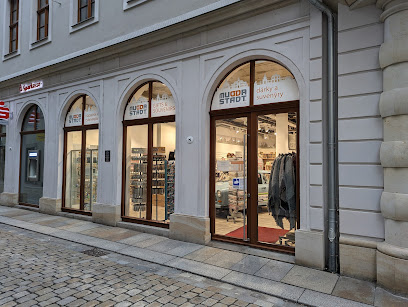
La Boutique Concept Store Dresden
Discover unique fashion treasures at La Boutique Concept Store Dresden, a stylish destination for trendy clothing, handbags, and shoes in the heart of the city.
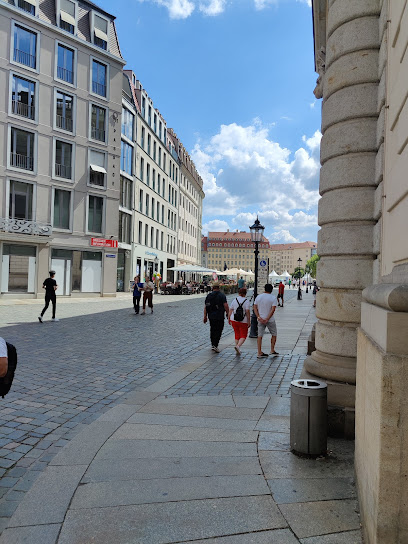
Wolford Boutique Dresden
Explore Wolford Boutique Dresden for luxurious women's fashion, exquisite lingerie, and stylish accessories in the heart of the city.
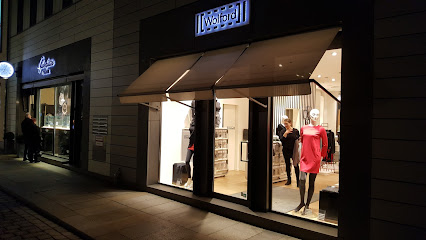
Dueamiche Store Dresden Altstadt
Explore unique fashion at Dueamiche Store in Dresden's Altstadt, where local style meets charming boutique ambiance.
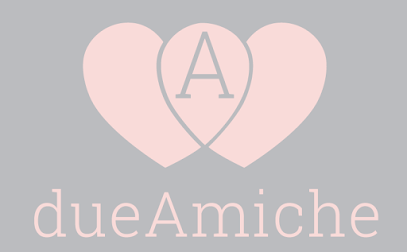
Dresden Souvenirs
Explore Dresden Souvenirs for unique gifts and local treasures that embody the charm and history of this beautiful city.
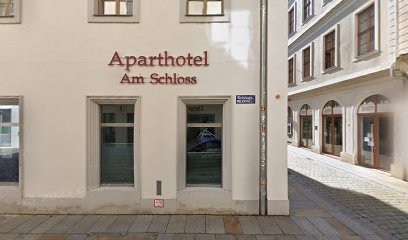
Essential bars & hidden hideouts
Shamrock Irish Bar & Restaurant
Explore Shamrock Irish Bar & Restaurant in Dresden for an authentic Irish experience with delicious food, vibrant atmosphere, and great drinks.
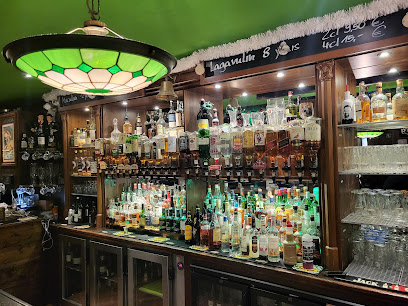
Bar 1705 - Dresden
Experience the elegance of Bar 1705 in Dresden, where exquisite cocktails and a vibrant atmosphere await your arrival.
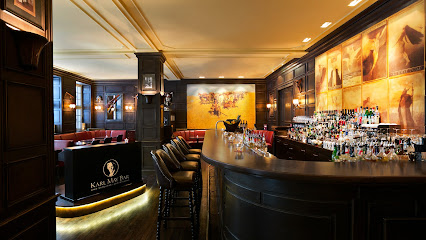
Gin House Dresden
Discover the vibrant Gin House Dresden, where exceptional cocktails and a lively atmosphere await in the heart of the city!
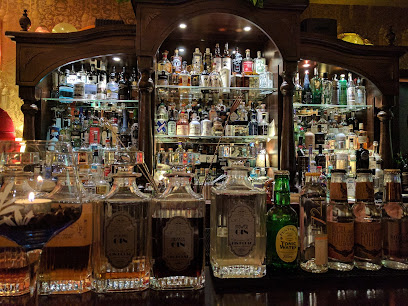
Cocktailbar Pervak
Discover the art of mixology at Cocktailbar Pervak in Dresden, where every cocktail tells a story of creativity and passion.
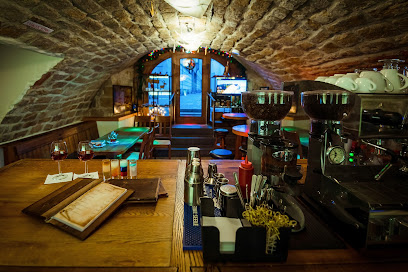
Champagner Lounge
Discover the elegance of Champagner Lounge in Dresden, where fine champagne meets a stylish atmosphere in the heart of the city.

Twist Bar
Experience the vibrant cocktail culture at Twist Bar in Dresden's historic Altstadt, where every drink tells a story.
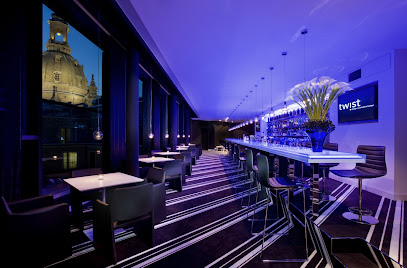
AMARO Bar - Dresden
Experience the vibrant nightlife at AMARO Bar in Dresden, where exquisite drinks and a lively atmosphere await every visitor.
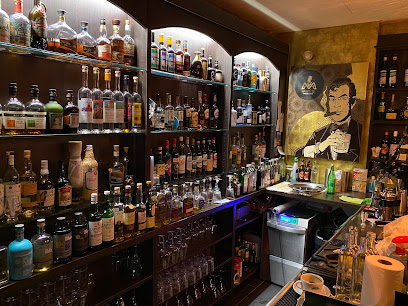
Schlossbar
Discover the elegant nightlife at Schlossbar, a stylish bar in the heart of Dresden offering exquisite drinks and a vibrant ambiance.
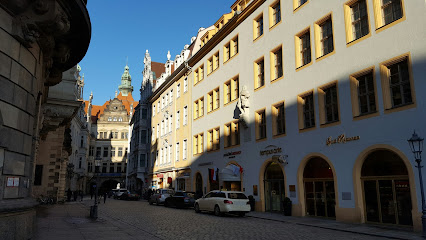
Pianobar
Discover Pianobar in Dresden - where exquisite cocktails, live music, and a chic ambiance create the ultimate nightlife experience.
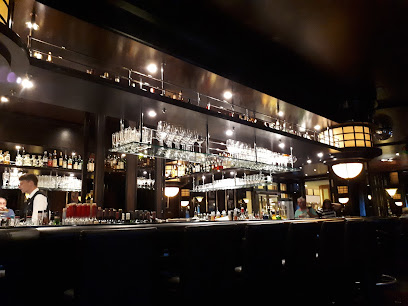
Roof-Top Bar im Vienna house
Discover the Roof-Top Bar in Vienna House: Where breathtaking views meet exquisite drinks in the heart of Dresden's vibrant nightlife.
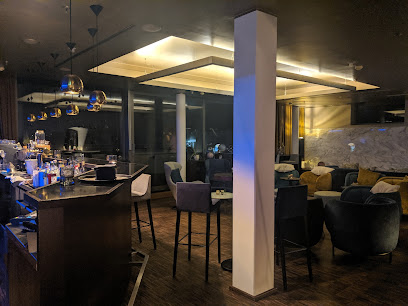
Local Phrases
-
- HelloHallo
[HAH-loh] - GoodbyeAuf Wiedersehen
[owf VEE-der-zay-en] - YesJa
[yah] - NoNein
[nine] - Please/You're welcomeBitte
[BIT-tuh] - Thank youDanke
[DAHN-kuh] - Excuse me/SorryEntschuldigung
[ent-SHOOL-dee-goong] - How are you?Wie geht es Ihnen?
[vee gayt es EE-nen] - Fine. And you?Mir geht es gut. Und Ihnen?
[meer gayt es goot. oont EE-nen] - Do you speak English?Sprechen Sie Englisch?
[SPRE-khen zee ENG-lish] - I don't understandIch verstehe nicht
[ikh fer-SHTAY-uh nikht]
- HelloHallo
-
- I'd like to see the menu, pleaseIch hätte gerne die Speisekarte, bitte
[ikh HEH-teh GEHR-neh dee SHPIE-zuh-kahr-teh, BIT-tuh] - I don't eat meatIch esse kein Fleisch
[ikh EHS-se kine Flysh] - Cheers!Prost!
[prohst] - I would like to pay, pleaseIch möchte bitte zahlen
[ikh MERKH-teh BIT-tuh ZAH-len]
- I'd like to see the menu, pleaseIch hätte gerne die Speisekarte, bitte
-
- Help!Hilfe!
[HEEL-fuh] - Go away!Gehen Sie weg!
[GEH-en zee vekh] - Call the Police!Rufen Sie die Polizei!
[ROO-fen zee dee poh-LIH-tsay] - Call a doctor!Rufen Sie einen Arzt!
[ROO-fen zee EYE-nen AHRTS-t] - I'm lostIch habe mich verlaufen
[ikh HAH-buh meekh fer-LAOW-fen] - I'm illIch bin krank
[ikh been krAHNGK]
- Help!Hilfe!
-
- I'd like to buy...Ich möchte kaufen...
[ikh MERKH-teh KOW-fen...] - I'm just lookingIch schaue nur
[ikh SHAU-eh noor] - How much is it?Wie viel kostet es?
[vee feel KOS-tet es] - That's too expensiveDas ist zu teuer
[dahs ist tsoo TOO-er] - Can you lower the price?Können Sie den Preis senken?
[KERN-en zee den prize ZEN-ken]
- I'd like to buy...Ich möchte kaufen...
-
- What time is it?Wie spät ist es?
[vee shpet ist es] - It's one o'clockEs ist ein Uhr
[es ist iyn oor] - Half past (10)Halb elf
[halb elf] - MorningMorgen
[MOR-gen] - AfternoonNachmittag
[NAKH-mit-tahk] - EveningAbend
[AH-bent] - YesterdayGestern
[ge-STERN] - TodayHeute
[HOY-teh] - TomorrowMorgen
[MOR-gen] - 1Eins
[iyns] - 2Zwei
[tsvai] - 3Drei
[dry] - 4Vier
[feer] - 5Fünf
[fuhnf] - 6Sechs
[zeks] - 7Sieben
[zee-ben] - 8Acht
[ahkt] - 9Neun
[noyn] - 10Zehn
[tsayn]
- What time is it?Wie spät ist es?
-
- Where's a/the...?Wo ist ein/der...?
[voh ist iyn/dehr] - What's the address?Was ist die Adresse?
[vahs ist dee ah-DREH-seh] - Can you show me (on the map)?Können Sie mir das zeigen (auf der Karte)?
[KERN-en zee meer dahs TSIE-gen (owf dehr KAR-teh)] - When's the next (bus)?Wann kommt der nächste (Bus)?
[vahn kohmt dehr NEKH-steh (boos)] - A ticket (to ....)Eine Fahrkarte (nach ....)
[iyn-uh FAHR-kahr-teh (nahkh ....)]
- Where's a/the...?Wo ist ein/der...?
History of Altstadt
-
The Altstadt (Old Town) of Dresden serves as the historical heart of the city, with its origins tracing back to the early 13th century. Initially founded as a Slavic settlement, it developed significantly under the rule of the Margraves of Meissen. By the late Middle Ages, Altstadt began to flourish as a trade center, primarily due to its advantageous location along the Elbe River, facilitating commerce and cultural exchange.
-
During the 16th and 17th centuries, Altstadt experienced a golden age characterized by Renaissance and Baroque architecture. Notable structures such as the Frauenkirche, completed in 1743, exemplify the architectural grandeur of this period. The city's transformation into a cultural epicenter was championed by Elector Augustus the Strong, who commissioned the construction of the Zwinger Palace and the Semper Opera House, attracting artists, musicians, and intellectuals from across Europe.
-
The climax of Altstadt's tumultuous history occurred during World War II, particularly during the bombing raids in February 1945. The city was heavily bombed, leading to the devastating destruction of many historic buildings, including the Frauenkirche and the Zwinger. The aftermath left the city in ruins, prompting a long and arduous process of reconstruction that would take decades.
-
Following reunification in the 1990s, significant efforts were made to restore Altstadt to its former glory. The Frauenkirche, symbolizing peace and reconciliation, was reconstructed and consecrated in 2005. Today, Altstadt stands as a testament to resilience, showcasing a harmonious blend of restored historical sites and modern cultural institutions, reflecting the city’s commitment to preserving its rich heritage.
-
In contemporary times, Altstadt remains a vibrant cultural hub, hosting numerous festivals and events that celebrate its artistic legacy. The area is home to museums, galleries, and theaters, attracting locals and tourists alike. The annual Dresden Music Festival and the Christmas Market in Altmarkt are just a few examples of how Altstadt continues to play a pivotal role in the cultural life of the city and beyond.
Altstadt Essentials
-
Altstadt is centrally located in Dresden and easily accessible from other neighborhoods. You can reach Altstadt by tram or bus, with several lines converging at key points like the Hauptbahnhof (main train station) and Postplatz. If you're coming from the airport, the S-Bahn (suburban train) provides direct service to the city center. Taxis and ride-sharing services are also available for a more direct route.
-
Altstadt is best explored on foot, as many attractions are within walking distance of each other. The public transport system is efficient, with trams and buses running frequently. Bicycles can be rented from various locations throughout the city, providing a fun and eco-friendly way to see the area. For longer distances, the S-Bahn can connect you to other neighborhoods.
-
Altstadt is generally safe for tourists, but it's advisable to remain vigilant, especially in crowded areas. Petty crimes, such as pickpocketing, can occur, particularly around popular attractions like the Frauenkirche and the Zwinger Palace. Avoid poorly lit areas at night, and be cautious around the Neustadt area, which has had higher reports of crime targeting tourists.
-
In case of an emergency, dial 112 for immediate assistance. Police and medical services are readily available in Altstadt. If you need medical help, there are hospitals and pharmacies in the area. It's advisable to have travel insurance that covers health emergencies. For minor issues, local pharmacies can provide over-the-counter medication.
-
Fashion: Do dress appropriately, especially when visiting religious sites. Avoid overly casual attire. Religion: Do respect local customs, and cover your shoulders and knees in churches. Public Transport: Do validate your ticket before boarding; don’t travel without a valid ticket. Greetings: Do greet locals with a friendly 'Hallo' or 'Guten Tag.' Eating & Drinking: Do try local specialties like Dresdner Stollen. Don’t eat in public transport or bring drinks into churches.
-
To experience Altstadt like a local, consider visiting the weekly markets for fresh produce and regional delicacies. Engage with local artisans in the many small shops throughout the area. Try to attend a concert or event at the Semper Opera House for a glimpse of the cultural life. For a unique perspective, take a stroll along the Elbe River at sunset, which offers stunning views of the skyline.
Nearby Cities to Altstadt
-
Things To Do in Leipzig
-
Things To Do in Karlovy Vary
-
Things To Do in Prague
-
Things To Do in Plzeň
-
Things To Do in Potsdam
-
Things To Do in Kutná Hora
-
Things To Do in Berlin
-
Things To Do in Hradec Králové
-
Things To Do in Erfurt
-
Things To Do in Wroclaw
-
Things To Do in České Budějovice
-
Things To Do in Český Krumlov
-
Things To Do in Nuremberg
-
Things To Do in Poznan
-
Things To Do in Szczecin





